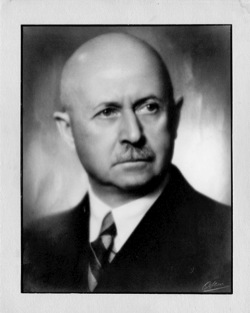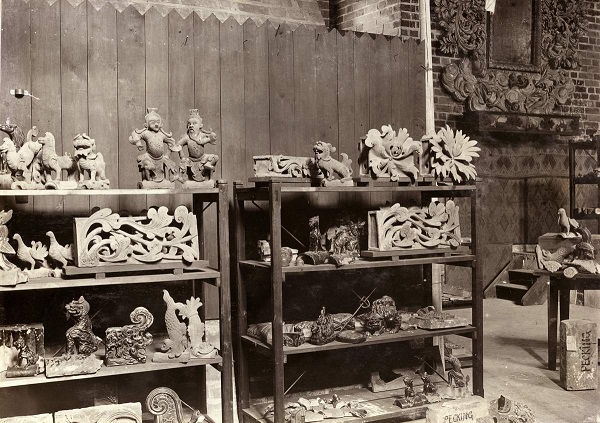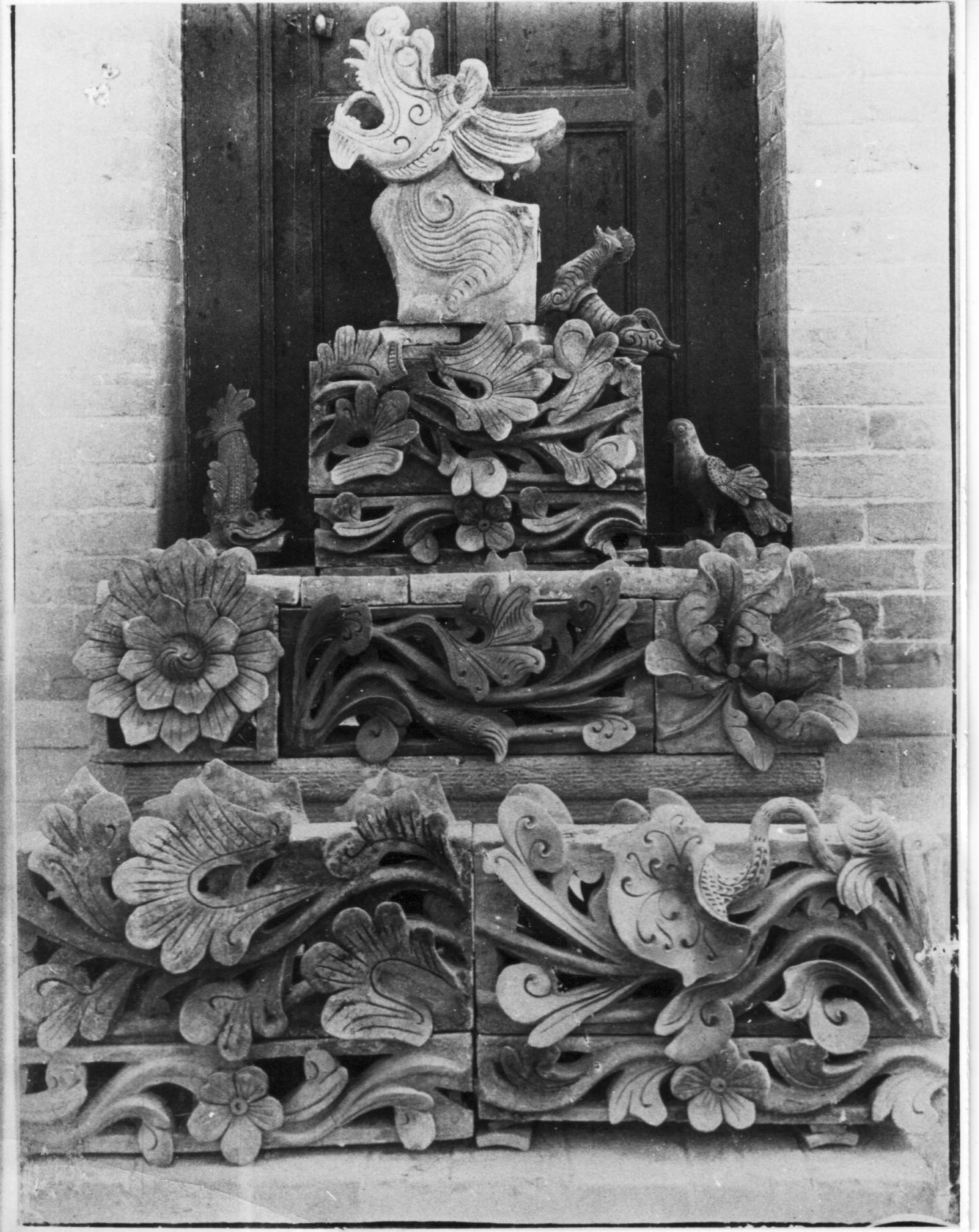Ernst Johann Robert Börschmann (photo 1) was born on February 18, 1873 in Prökuls (today Priekule, Lithuania). In 1891, after graduating from the Humanities Gymnasium in Klaipeda, he began studies at the Technical University of Berlin Charlottenburg in the field of architecture and construction, which he graduated in 1896. While still a student, he participated in the construction works of the new garrison church in Toruń, designed in the neo-Gothic style by the military architect Ferdinand Schönhals. After passing his professional exams in 1901, he was assigned a job by the Ministry of War as an inspector in the Prussian Army Building Administration in Poznań and Września which he finished in 1902. That year he was transferred to the German military contingent of the multinational coalition (Eight-Nations-Alliance) in China as deputy architect. During this two-year service in China he became interested in the architecture of temples there under the influence of the Jesuit Joseph Dahlmann (1861-1930), a famous orientalist he met there. Especially one – the Temple of the Azure Clouds in Beijing – he inventoried, photographed and described in detail and after returning to Berlin, he published a work on it. Thanks to great interest and with the help of influential friends, he managed to gain the favor of Oswald Baron von Richthofen (1847-1906), secretary of state in the German Ministry of Foreign Affairs and was awarded a three-year (1906-1909) scholarship for the photographic and architectural documentation of Chinese architecture, especially the pagodas. The figure of this baron and diplomat is special here, because it was in his family, in the second male line, where the famous Chinese geographer, cartographer and researcher Ferdinand von Richthofen (1833-1905), who introduced the term silk trail (German Seidenstrasse) came from and certainly his seven-volume work on China was not unknown to Börschmann.
During this second expedition around a dozen provinces of China, visiting a small station of the Catholic mission in the mountains in the Shaanxi province in March 1908, he received a new architectural details from gray clay from from the Franciscan Athanasius Goetti (April 11, 1857 – March 29, 1908), an apostolic vicar and the first American bishop in China, burnt in 1907 in a Chinese brick factory located north-west of Xi’an, the capital of Shaanxi Province, which he handed over to conservator Conrad Steinbrecht the following year (photo 2). It is not known what prompted Börschmann to make this message to Malbork. We can only indirectly assume that he knew the castle and its collections, because in the years 1905–1907 his older sister Anna (1871–1939), who was a mathematics teacher at the Luisa School and at the Teachers’ College, lived here. After the first return from China, he could have visited her and visit the castle. We know from later letters from Börschmann and Steinbrecht that the transport of Chinese details sent in May 1909 did not reach the castle in good condition. During the long journey some were damaged as can be seen in a later photograph of the castle’s detail warehouse.
After returning from China he continued his research work on the spot in Berlin, publishing a lot on architecture and its socio-religious determinants in the context of culture until the break of the World War I, thanks to the support of the Ministry of Foreign Affairs. In 1912, he was the curator of an exhibition on Chinese architecture at the Museum of Decorative Arts in Berlin, which was accompanied by a small catalog. In 1918-1921, Börschmann was an academic teacher at the University of Königsberg (today Kaliningrad, Russia), and then at the Berlin Polytechnic, where in 1927 he was awarded the title of professor. He lectured on the history of Chinese architecture at both colleges. He made a scientific trip to China for the third time in 1933–1937. As a result, he brought many photographs of monuments, prepared many construction plans and drawings. After his return, he became a lecturer at the Humboldt University in Berlin, where after World War II he obtained a professorship in sinology. He died on April 30, 1949 in Bad Pyrmont, Lower Saxony.
Bible: APM, AZOZ, ref. 206/549: Akten der Königl. Schlossbauverwaltung betr. die Wiederherstellung des Schlosses von Januar bis Dezember 1909, pp. 214-222; Restore history. The fate of the Malbork collections after World War II, ed. A. Siuciak, Malbork 2015, pp. 121-127; https://straty.zamek.malbork.pl/elementy-chinskiej-konsoli-xix-xx-w/ (accessed on 24/09/2019); E. Kögel, The Grand Documentation. Ernst Boerschmann and Chinese Religious Architecture (1906-1931), Berlin, Boston 2015.
(compiled by Dr. B. Pospieszna)

Photo 1. Portrait of Ernst Börschman; source: http://www.chinaheritagequarterly.org/scholarship.php?searchterm=025_boerschmann.inc&issue=025 (accessed on 24/04/2020).

Photo 2. Warehouse of architectural details in the Double Chimney Room at the High Castle, 1910; source: Marienburg Baujahr, 1910, ill. 5.

Photo 3. Chinese gray clay details made in 1908; source: E. Börschmann, Chinesische Baukeramik, Berlin 1927, Taf. 113.
